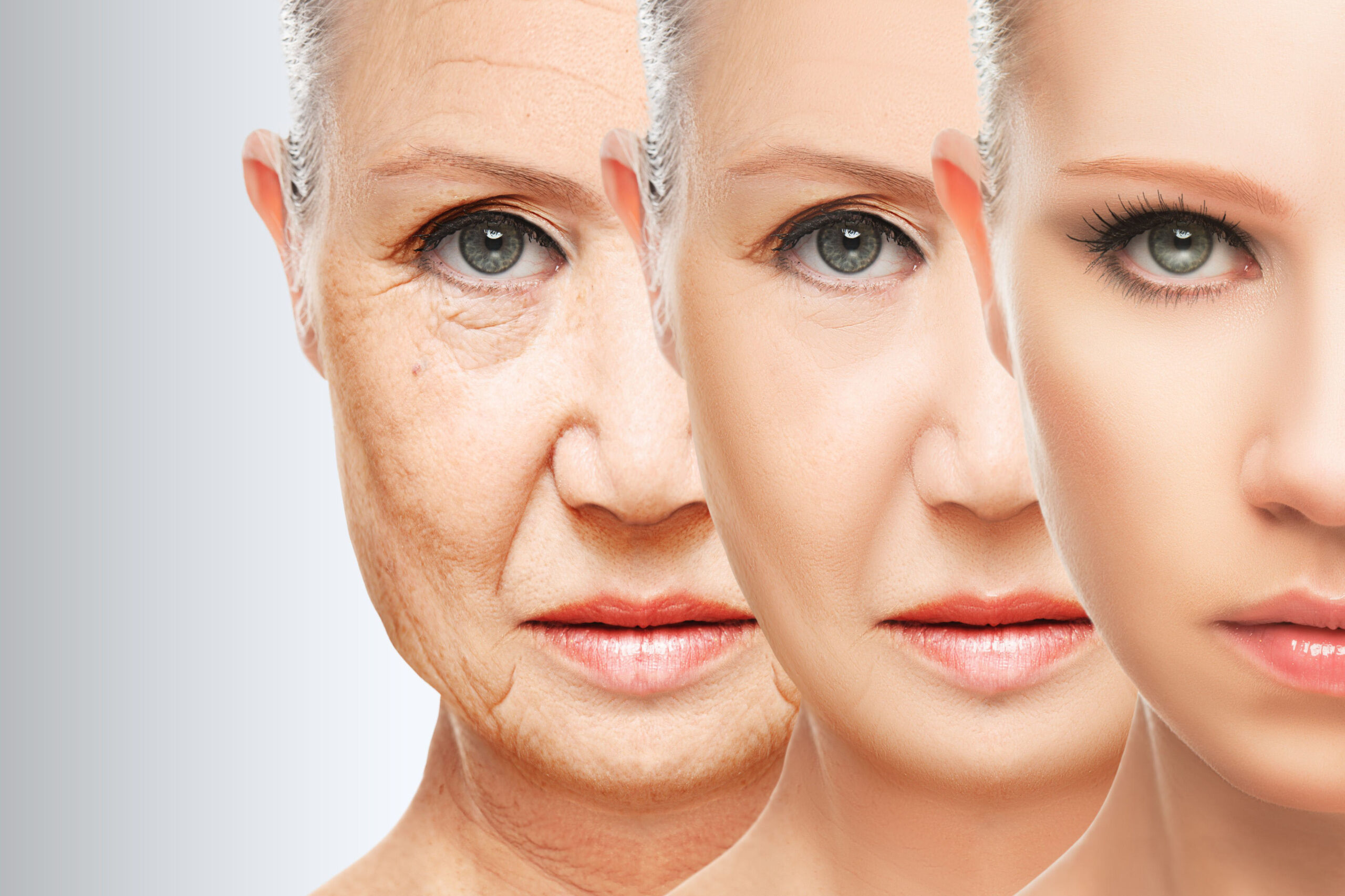Body contouring is becoming increasingly popular as a way for individuals to feel more confident and comfortable in their own skin. From latest trends to different types of body contouring procedures, here is all you need to know.
Say goodbye to stubborn pockets of fat and hello to a new, more confident you with body contouring! These cosmetic procedures are revolutionizing the way we think about our bodies, offering a solution for a wide range of concerns. From non-invasive treatments to surgical options, there’s never been a better time to take control of your figure and achieve the look you’ve always dreamed of. Body contouring is becoming increasingly popular as a way for individuals to feel more confident and comfortable in their own skin. Let’s explore the different types of body contouring procedures, their benefits, and what to expect during the recovery process.
In an interview with HT Lifestyle, Dr. Karishma Kagodu, Plastic and cosmetic surgeon, Founder of Dr Karishma Aesthetics, shared useful insights about body contouring and its recent advancements.
What is body contouring?
Body contouring is a term used to describe any technique or technology which can redefine, recreate and reshape the body. Body contouring procedures include Liposuction, Tummy tuck, breast lift/ reduction, breast augmentation, buttock enhancements, and skin tucking or tightening. All of these procedures are nothing but methods of body contouring in plastic surgery.
The introduction of brand-new technologies and treatment options in the world of body contouring has brought a revolutionary change. With that, patients’ interests and expectations are also growing, demanding increased efficacy, immediate results, affordable cost, fewer complications and perfect results.
Latest advancements in the field and rising demands:
In the new era, the population is not only demanding surgical options but moving towards non-surgical options too. Over many decades, various surgical and non-surgical technologies have been introduced to effectively combat patient concerns. Surgical options which have become extremely popular worldwide for liposuction are- VASER Ultrasound, LASER, and POWER liposuction.
A decade ago, skin tightening devices like The Ulthera and HIFU came into existence and most recently The Morpheus8 (radio frequency needling and Forma by inmode (radio frequency heat) are by far the latest in non-surgical face and body contouring options.
These treatments got very popular with the likes of Kim Kardashian and Eva Longoria who are using the Morpheus8 for treating that pregnancy tummy and face skin laxity. Other bodies contouring non-surgical technologies for fat reduction include cryolipolysis, acoustic wave therapy and injectables.
Things to keep in mind:
It is important to keep in mind that all the non-surgical techniques have been found to be temporary, requiring multiple sessions and need for maintenance. If you are hesitant about cosmetic surgery, these options are an excellent choice. But, if you are looking for permanent results, then cosmetic plastic surgery procedures will be your only option. Plastic surgery procedures also are highly customized for individual needs and thorough consultation with your plastic surgeon is required.
Examples of non-surgical methods of fat removal:
- Cryolipolysis/ CoolSculpting
- Laser Lipolysis
- Radiofrequency lipolysis
- High-intensity focused ultrasound lipolysis (HIFU)
- Fat-dissolving injections
- Morpheus 8 radiofrequency micro needling
Advanced surgical body contouring for permanent results:
1. VASER: VASER, or vibration amplification of sound energy at resonance, is one of the most advanced methods of liposuction, which is better for treating larger areas. By leveraging “sound science,” VASER emulsifies fat with vibration amplification of sound energy at resonance without damaging surrounding tissues and only targeting fat. This makes the procedure highly safe, with faster recovery, good skin tightening and fewer risks.
2. POWER: assisted liposuction: It features a vibrating cannula that more easily breaks up fat faster with less surgeon fatigue.
3. LASER liposuction: A laser energy is delivered to the targeted areas through a small cannula to rupture fat cells.
Non-surgical skin tightening methods:
1. FORMA: method of skin tightening, which works on heat and radiofrequency to increase collagen production and collagen stimulation, resulting in lifting, tightening, and contouring of the face and body.
2. Morpheus8: Morpheus8 is a minimally invasive, advanced micro-needling treatment that stimulates remodelling in the skin and superficial fatty tissue. It is the only device that combines radiofrequency heat with micro-needling, resulting in skin tightening and mild fat reduction on the face and body.
Source – Hindustan Times









